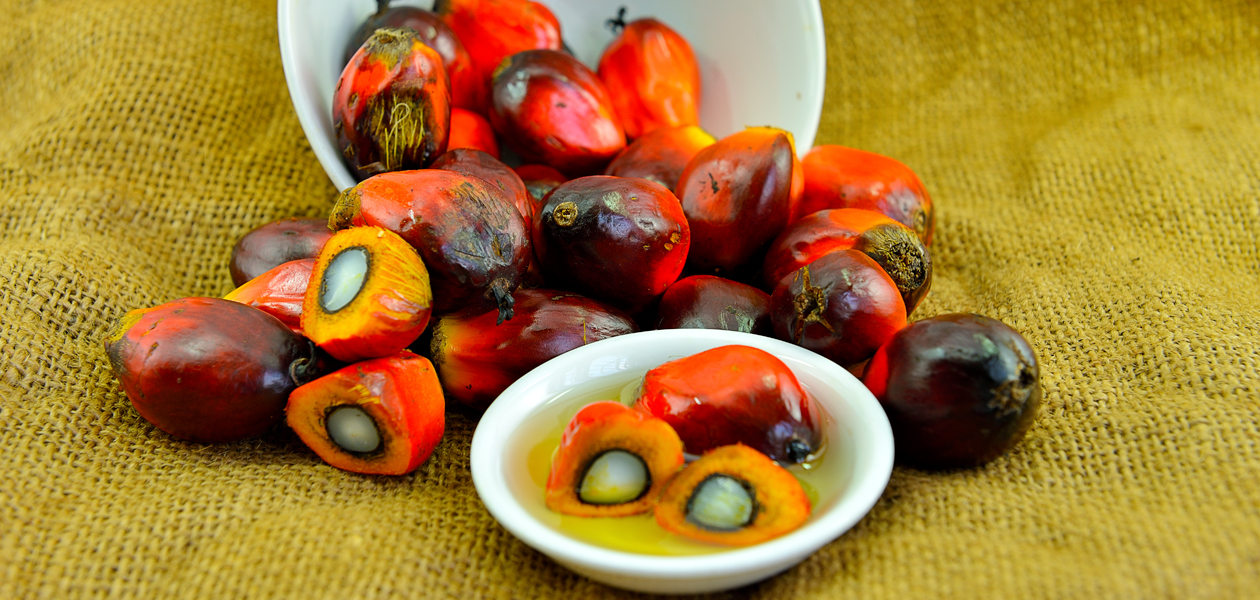Blending Oils For Balance
All the fatty acids should be consumed in a balanced manner to prevent deficiency symptoms. Unfortunately, no single vegetable oil or fat can meet all the nutritional and dietetic requirements with a well-defined fatty acid balance.
The solution lies in the blending of oils to provide the proportionate requirements of SFA, MUFA and PUFA. One of the best combinations to obtain the required balanced fatty acid composition could be palm oil and soybean oil in equal proportions.
Soybean oil provides Omega-3 fatty acids. Palm oil contains 40-45% SFA (palmitic acid), 35-40% MUFA (oleic acid) and about 10% PUFA (linoleic acid). Whenever MUFA- or PUFA-rich oils have to be balanced with SFA, palm oil is the only optimum source of SFA. It is also a natural substitute for hydrogenated oils that create trans fats.
In addition, palm oil contains unique nutraceuticals such as beta carotene and tocotrienols along with tocopherols and squalene. Tocotrienols are isomers of Vitamin E and are known to exhibit powerful antioxidant properties with anti-inflammatory effects. They also impact lipid metabolism via a key regulatory enzyme.










Comments (2)
5
5